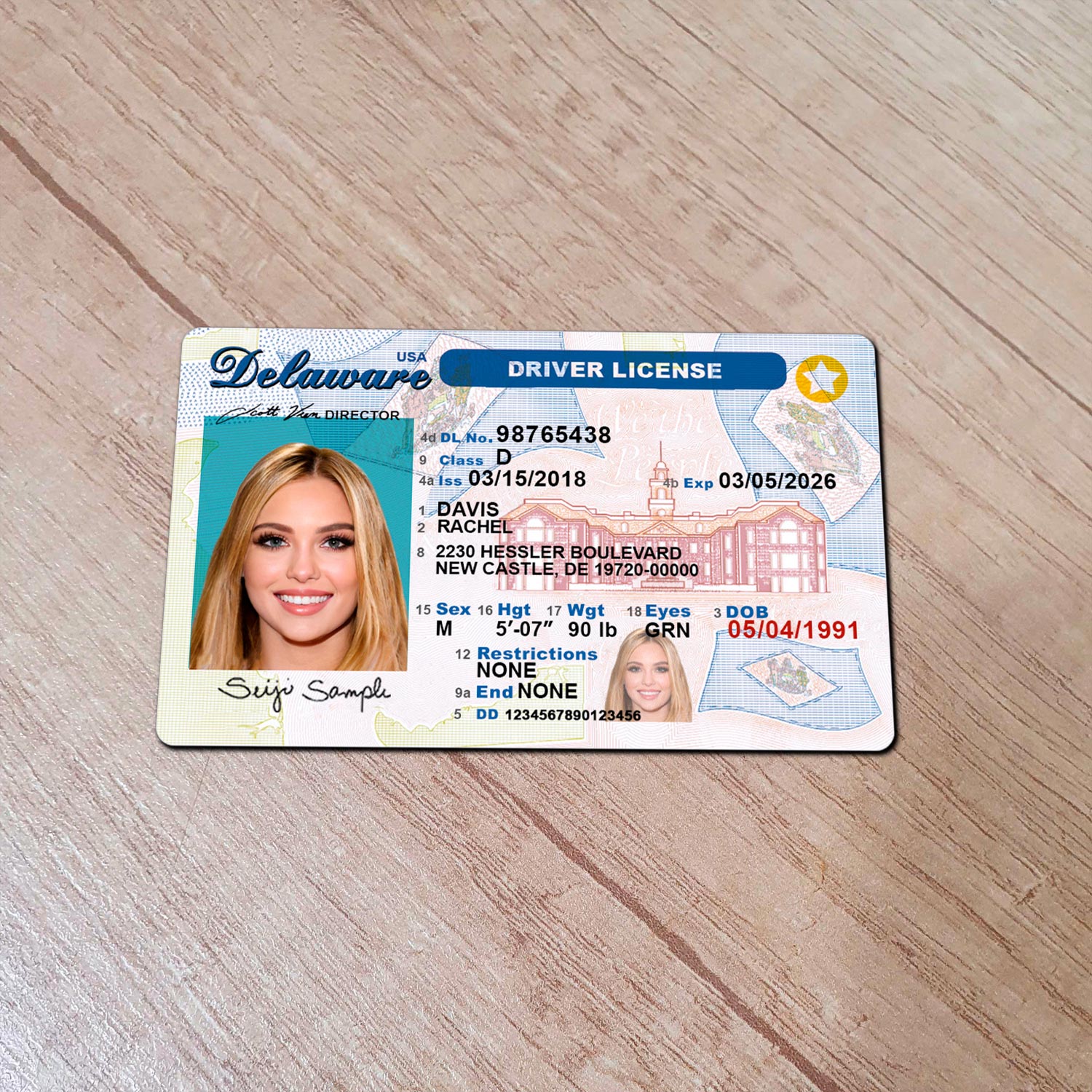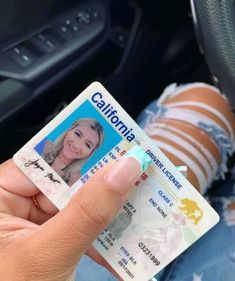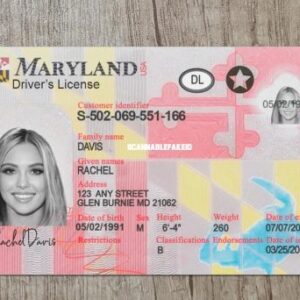Delaware driver license ,
A driver’s license is important for several reasons:
Legal Authorization:
It legally permits individuals to operate a motor vehicle, ensuring compliance with local laws.
Identity Verification: A driver’s license serves as a widely accepted form of identification, useful for various purposes like banking, travel, and age verification.
Safety and Responsibility:
Obtaining a license usually requires passing tests that ensure drivers understand traffic laws, road signs, and safe driving practices.
Insurance Requirements:
Many auto insurance policies require a valid driver’s license to provide coverage, protecting drivers financially in the event of an accident.
Employment Opportunities: Certain jobs require a driver’s license, particularly those involving travel or transportation.
Access and Convenience: A license allows for greater mobility and independence, making it easier to commute, run errands, or travel.
Record Keeping: It helps maintain driving records, which can impact insurance rates and legal responsibilities.
Overall, a driver’s license is essential for responsible and legal vehicle operation, contributing to personal freedom and safety on the roads.
In the United States, driver’s licenses are issued by each individual state, territory, and the District of Columbia (a practical aspect of federalism). Drivers are normally require to obtain a license from their state of residence. All states of the United States and provinces and territories of Canada recognize each other’s licenses for non-resident age requirements.
Furthermore. There are also licenses for motorcycle use. Generally, a minimum age of 15 is required to apply for a non-commercial driver license, and 25 for commercial licenses which drivers must have to operate vehicles that are too heavy for a non-commercial licensed driver (such as buses, trucks, and tractor-trailers) or vehicles with at least 16 passengers (including the driver) or containing hazardous materials that require placards.
Also. A state may also suspend an individual’s driving privilege within its borders for traffic violations. Many states share a common system of license classes, with some exceptions, e.g. commercial license classes are standardized by federal regulation at 49 CFR 383.[1] Many driving permits and ID cards display small digits next to each data field. This is require by the American Association of Motor Vehicle Administrators‘ design standard and has been adopt by many US states.






Reviews
There are no reviews yet.